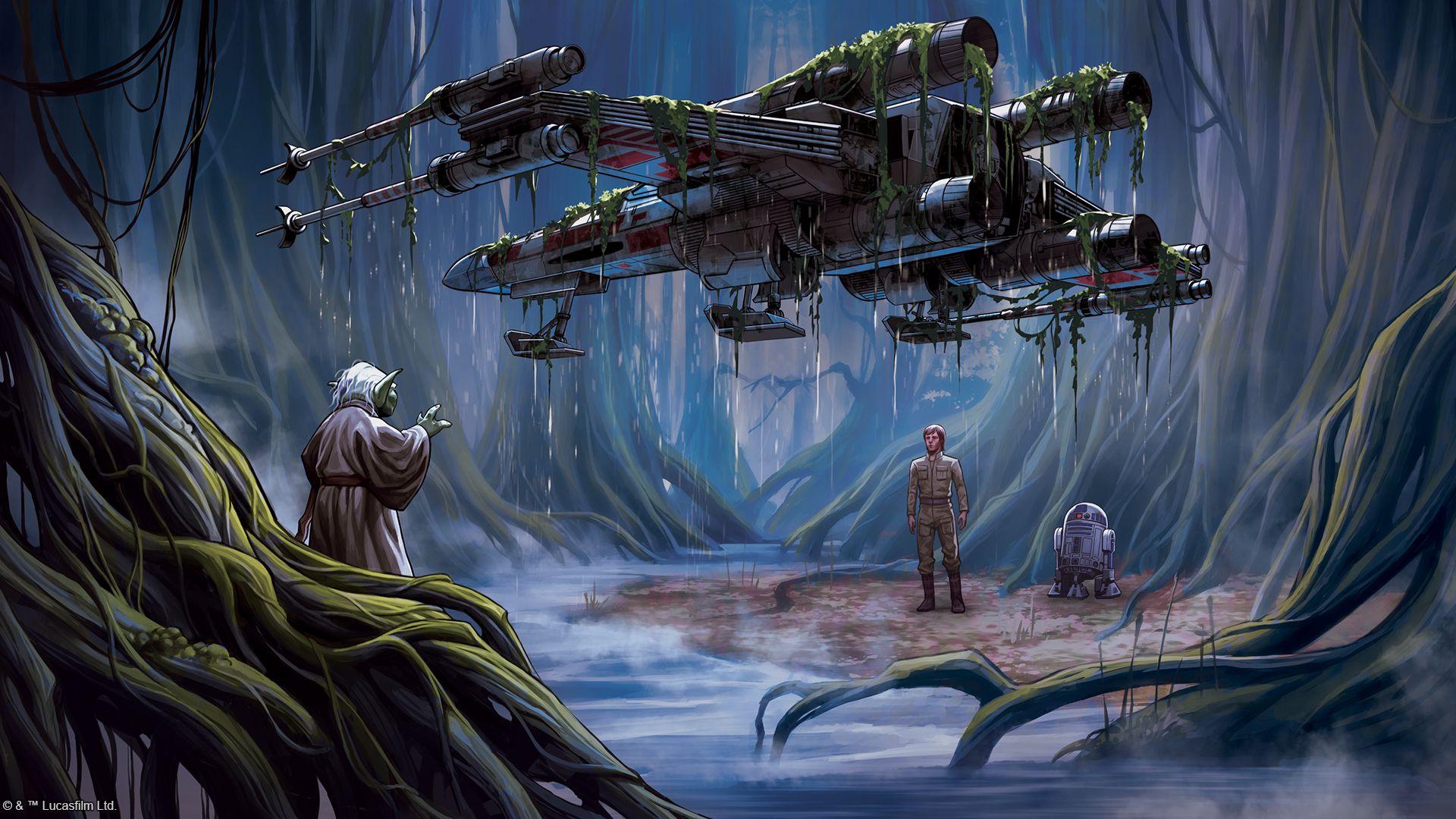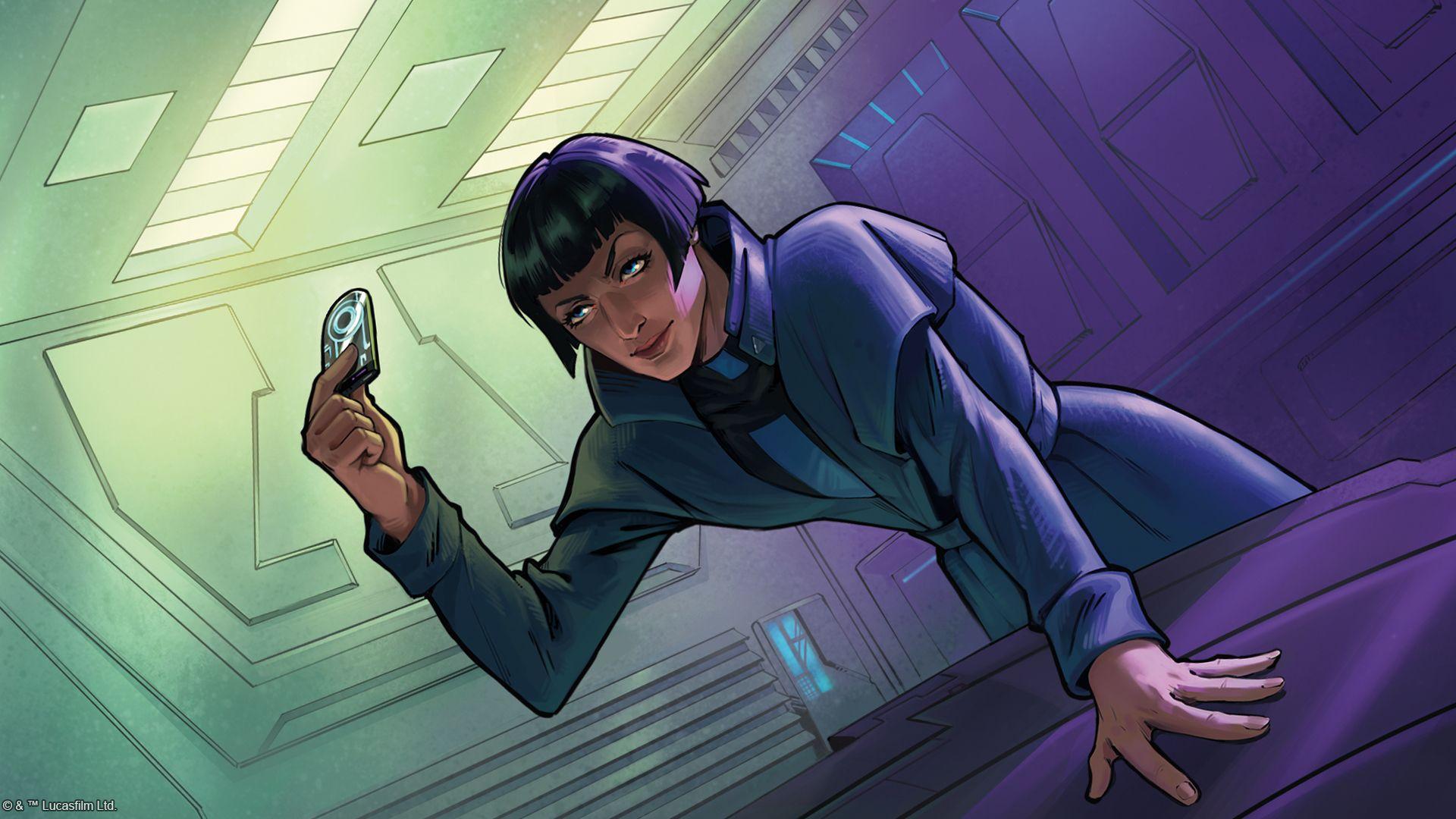Behind Unlimited: A History of Leader Design
October 2, 2025 | Written by Tyler Parrott
When asked what makes Star Wars™: Unlimited unique from the other trading card games on the market, a few things come to mind. Some might say the “resource any card” mechanic, which smooths card draw variance and gives each card an alternate use. Some might say the two arenas, which challenge player deckbuilding and in-game strategic decisions. And some might say the leaders, which provide each deck an identity and a powerful tactical ability in the middle of the game. At various times, I’ve said all of these things. But most of these mechanics changed iteratively during the game’s original design and development, and of all them, leaders changed the most. Today, I want to pull back the curtain and talk about some of the decisions that went into designing the leader card type, how its mechanics work, and talk about how they got to where they are today.
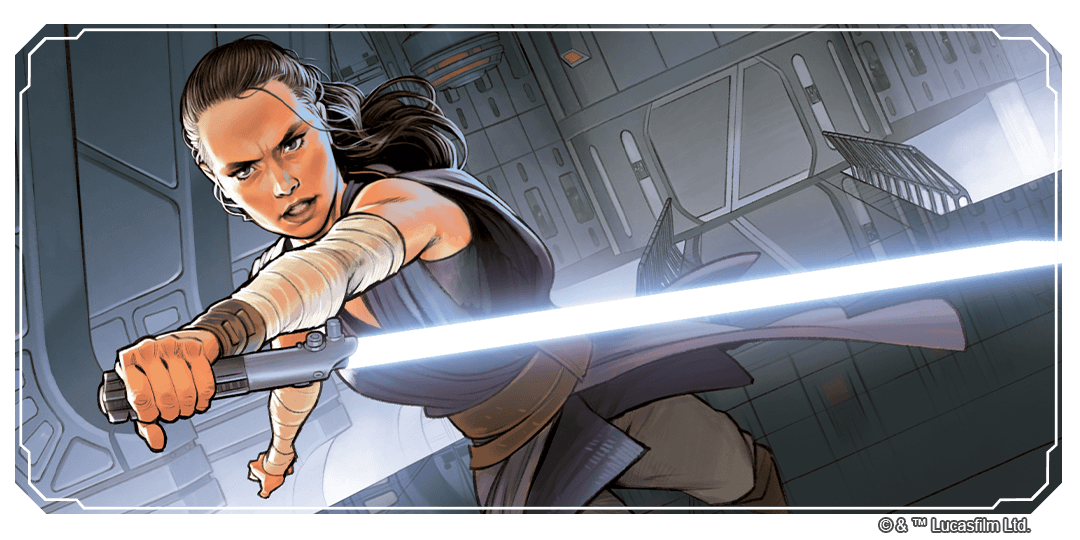
Your Favorite Character
From the original conception of the game, we knew each deck would be built around a card that represented a memorable character from Star Wars. We had seen (and experienced) in other games the joy of building a deck around a beloved character, and for a game designed around Star Wars, that was even more true. We wanted cards featuring these favorite characters to affect the game from the first round of play, and we wanted them to be springboards for players’ deckbuilding creativity. Leader cards were so important to the game’s identity, in fact, that the first pitch for the game had a different title: Star Wars: Heroes—and the leader card type was originally the “hero” card type.
While the game putting its leaders so front-and-center as to put them in the title was powerful for its identity, we did still need a name for our white and black aspects. We went through weeks of brainstorming for how we could not overlap the aspects with the card type (and game title), but nothing was as clean as “heroic” and “villainous” to communicate what the aspects represented and why they were mutually exclusive. And if we were going to use those words for the aspects, then there was no world in which the card type could also be called “hero.” Pivoting away from the hero card type also resolved other concerns that some of the game designers had; while it made sense to some that each character was “the hero of their own story,” there were many who chafed at the idea of a Darth Vader “hero card.” So, we kept the aspects and changed the card types. While the game lost its “leader-first” identity with the title change, I actually think that Star Wars: Unlimited is a much more effective title at communicating what the larger game experience is like: unlimited in its thematic and mechanical potential, and with unlimited deck designs that players can build.
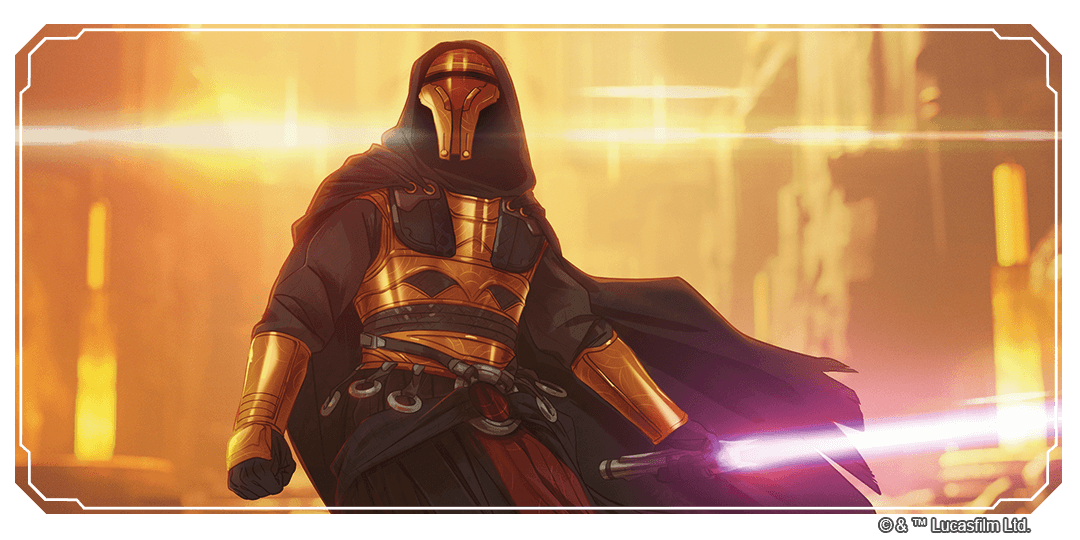
Given how integral we wanted leaders to be in the game experience, we decided at the beginning that we wanted leaders to be able to exist in one of the arenas as a unit, so that they can participate in the core game loop of “play cards and attack with units.” We weren’t sure of the best way to integrate them into that game loop, however, so we started with perhaps the most obvious place: to have leaders start the game in play. We quickly learned that starting one player off with an on-board advantage (a stronger leader) was going to be extremely difficult to balance (even if that leader had some other drawback in its design). And to make sure the cards each player put in their deck still mattered, we would have to present leaders in a way that would feel dull and weak.
It wasn’t enough to have the leaders be cards for players to build their decks around; we wanted our leaders to be cards that players were excited to play with in the game. We definitely could make a game where leaders started in play, but they would need to be very weak in order to keep the game balanced, and weak units just aren’t fun to play with. At the same time, the immediate fun of getting to start the game with your leader in play was quickly eclipsed by how not fun it was for your leader to be one of the first units your opponent removed from the board. So, we quickly abandoned the idea that leaders would start in play and instead went the opposite direction.
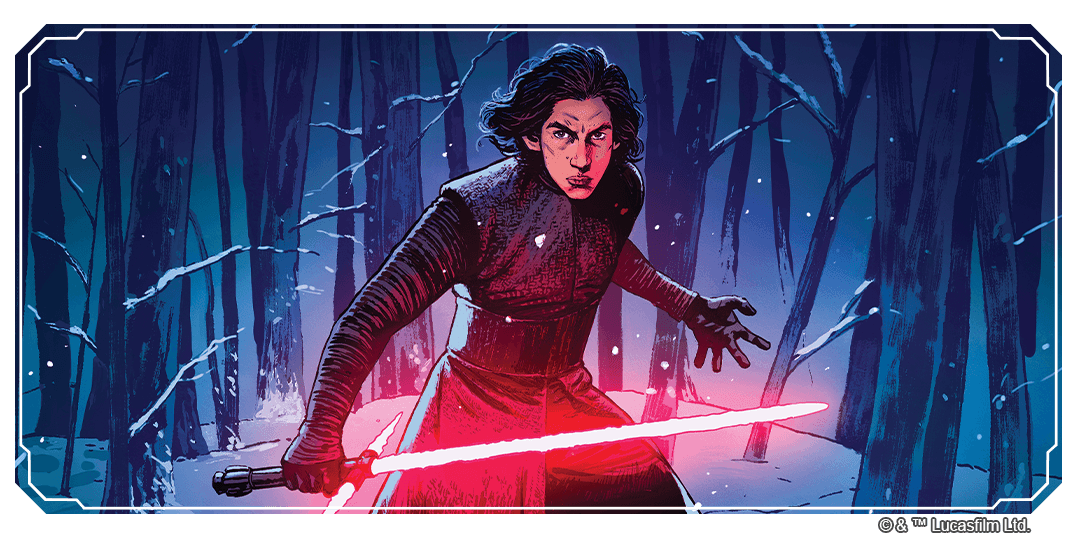
Leveling Up
Since having leaders start in play led to development issues and prevented leader units from being exciting and powerful, we pivoted fully to the opposite direction. What if leader units were the most powerful unit you could field, but you had to work throughout the game to get those units into play? If players were let down by how weak their “starting in play” leaders were, we could make these “in-game unlock” designs super powerful. This idea was informed by lessons we had learned from previous game designs and was tied to one of the core mechanics present in the game’s original pitch: that every card you played would directly advance you towards victory.
In the very first draft of the game, leaders were designed with a “level up” mechanic that helped scale leader power during the game. The original idea was that when you played a card, that card would give you a small amount of “XP” that you would track outside of the game (presumably with counters on your leader card), and that the more XP you acquired, the more powerful your leader would be. This was envisioned both so that players were rewarded for taking game actions and so that leaders could have a unique deckbuilding condition that was clearly communicated to the player. For example, an early design of IG-88 (Spark of Rebellion, 12) had the text “Gain 1 XP the first time you play a unit with Raid each round.”
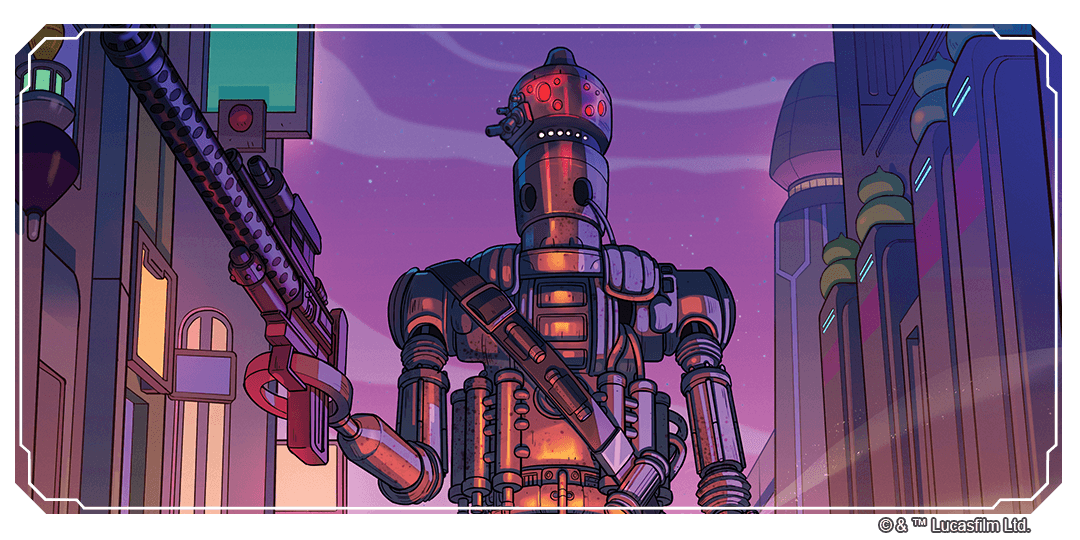
How these leaders capitalized on the experience that players accumulated during the game changed in iterations, both from leader to leader (as leaders leveled up at different thresholds) and from version to version. At one point, leader cards had a little track printed on the card that players moved a counter along, rather than accumulating counters, and certain spaces along that track unlocked abilities. At another point, we wrote out the “xp thresholds” as triggered abilities that happened once the threshold was reached. (For example, that same IG-88 design had the ability “2XP: Deal 4 damage to an enemy base” which triggered the moment that player got their 2nd XP.) In all cases, the final ability that unlocked from generating XP was the text: “Flip this leader and put it into play, ready.”
This changed the dynamic dramatically from “a small unit that starts in play and gets stronger over time” to “a super powerful unit that you unlock once you’ve fully executed your deck’s game plan.” When a player’s leader flipped over and joined the fight as a unit, it was a moment, and it resulted in some extremely fun and memorable games. However, the mechanic came with some pretty steep drawbacks. On the one hand, tracking XP in addition to damage on a player’s base (and units) meant players had a lot of incremental numbers to keep track of. On the other hand, when so much of a deck’s power was conditional on doing the thing that a leader prescribed, it meant that there was far less deckbuilding innovation space available than what we wanted for a game called “Star Wars: Unlimited.” The most powerful version of each leader’s deck was consistently going all-in on the leader’s deckbuilding condition so that they could get their leader out as fast as possible, and that lack of variety wasn’t fun. Eventually we would come up with the heuristic that the game would only use damage counters for simplicity, and that was the end of XP for leaders.
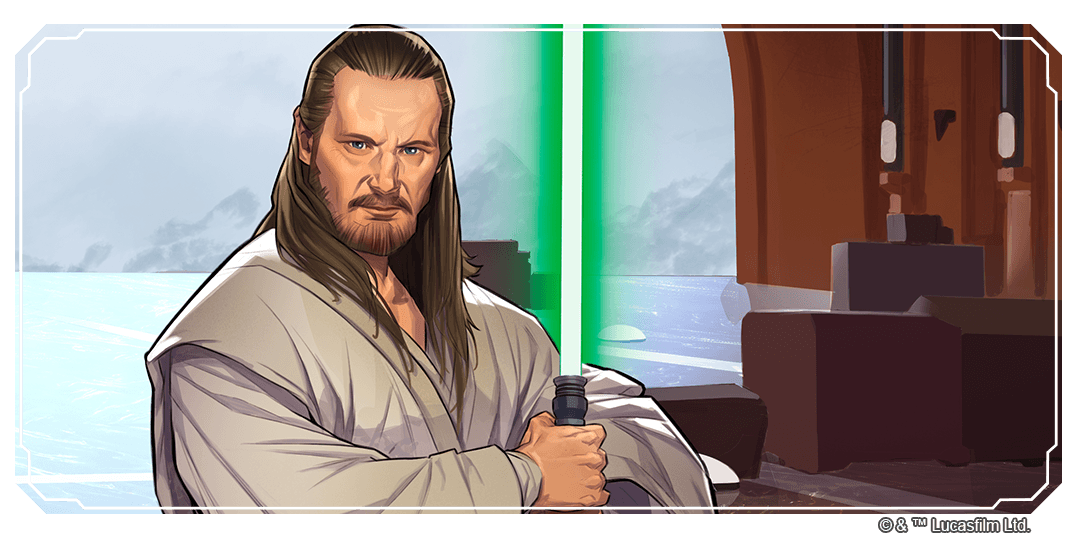
The Allure of Reviving
After several iterations of leader designs, we had learned a few things. We learned that we wanted leaders to be exciting and powerful, but that it must take time for them to enter play as units. We learned that we wanted them to have abilities that informed your deckbuilding, but not be so all-in that players were forced into a single optimized deck list for each leader. And we had also learned one other thing: having your leader defeated, and then largely be made irrelevant for the rest of the game, was kind of a bummer. To address the first challenge, we decided to use the mechanics that were already in the game and gave each leader a resource cost that needed to be paid to be deployed, just like any other card. To address the second, we gave each leader a second resource cost, that we called the “revive cost.”
The way this iteration of leader design worked was like this: each leader had a passive or active ability that they had access to from the beginning of each game, much like leaders do in the final version of the game. They then also had a deploy cost, which was a number of resources a player could spend to flip that leader over and deploy it to the appropriate arena (a few leaders deployed to the space arena during Spark of Rebellion development). When a leader unit was defeated, the card would be set aside, out of play (still providing their aspects) and be unable to be used in any way until a player paid its revive cost, which would return the leader to the game, horizontal side active, just like how it started the game. Then, its front side ability could resume being used, but it could also be deployed again if its deploy cost was paid. A player could, if they were willing to pay enough resources, always have access to whichever version of their leader they wanted.
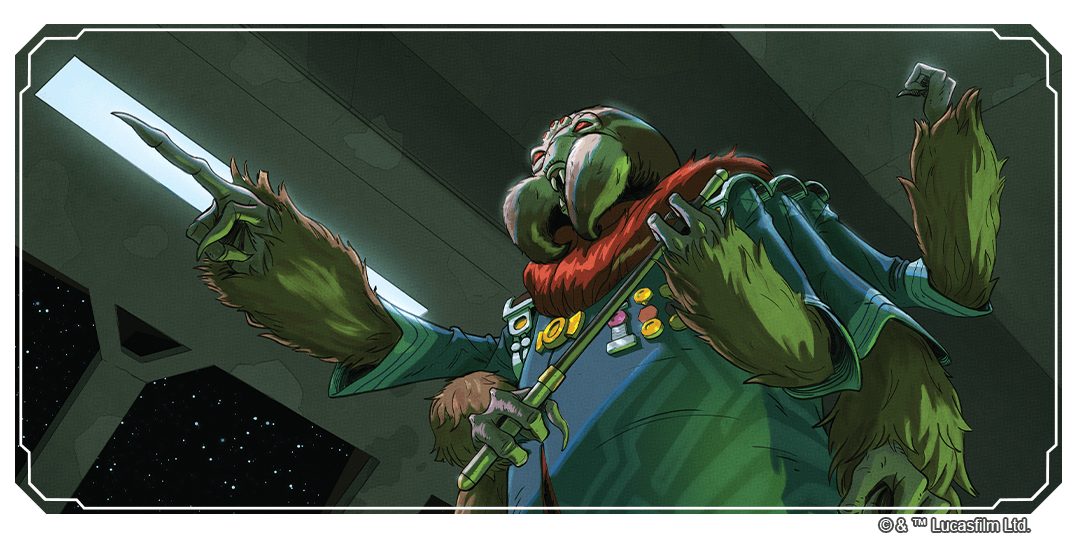
For many, this was a relief. The negative emotional experience of deploying their leader and having it be defeated was largely mitigated. Players never had to feel like their favorite character was out of the game. But, once again, it came with a different set of downsides. When a player could always spend resources on their leader, it meant that the cards in their hand were devalued. Players were never running low on cards to play because they largely weren’t playing cards; the incentive to prioritize leader deployment homogenized gameplay as both players continued to deploy and revive their leaders indefinitely. Furthermore, the ability to endlessly revive a player’s leader meant that every deck could grind through a long game indefinitely, as they always had a good card to spend their resources on (their leader), and games were quickly ballooning beyond the 15-minute average length that was so important to our vision for the game.
We knew that we couldn’t allow leaders to revive indefinitely, but there was still a strong desire among many on both the design and playtesting teams to keep some kind of revival mechanic so that losing a leader didn’t feel so disappointing. We discussed some kind of scaling revival cost, but it was too difficult to keep track of for a game that we wanted to be as simple as possible. Ultimately, we made the difficult choice to remove the concept of reviving a leader entirely and attempted to compensate for the loss of a leader by making the front ability more important to its design. That way, a leader still felt like it was impacting the game in a meaningful way even after it had been defeated.
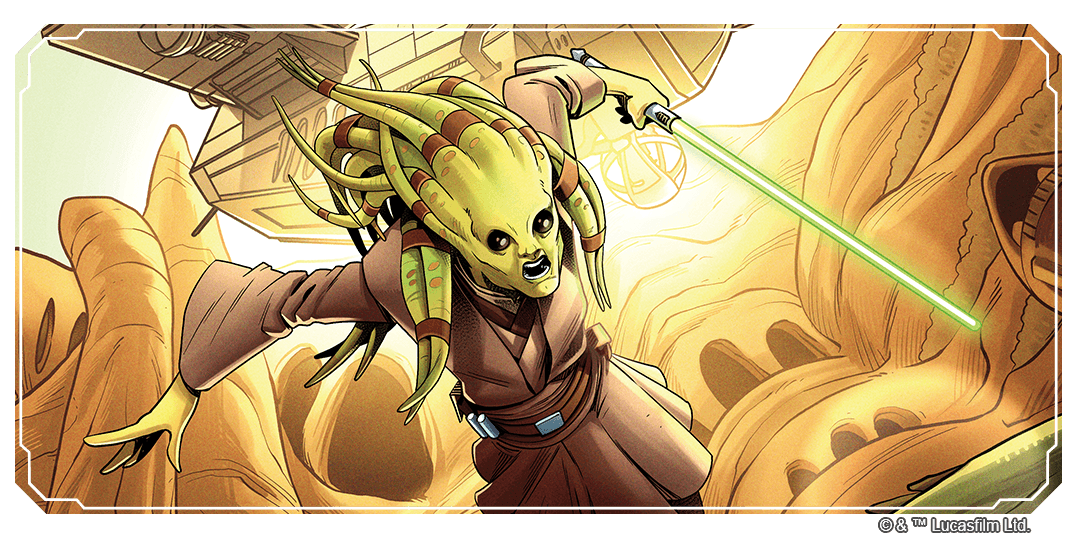
Remove the Barriers to Fun
From there, we continued to develop the individual leader designs we had come up with under these heuristics. A leader would have an interesting ability that was either passive or could be activated at a small cost or condition, and then at some point during the game a player could pay a resource cost to deploy that leader as a powerful unit that would participate in combat and help progress towards victory like any other unit. We even experimented with leaders who had powerful abilities nestled within their Epic Actions, so they could work like any other unit (entering play exhausted) while still having an immediate effect on the board. Imagine an Iden Versio that defeats a 4 or less HP unit when you deploy her, or a Jyn Erso who exhausts an entire arena, both of whom then entered play exhausted and couldn’t attack until the following round. It made leaders extremely varied and dynamic, like they each had a signature event that they resolved, while giving us much tighter control over their power level.
It was at this point in the process that Danny and I played some games with Nate French, who was our mentor on the LCG team (he’s now the Senior Design Lead in that department). Nate is a font of unexpected wisdom, given how much card game design (and competition) experience he has combined with his natural insight into complex systems. When we walked into that afternoon of playtesting and feedback, leaders worked as described. When we walked out of that afternoon, we were excited to make some significant changes to how leaders worked.
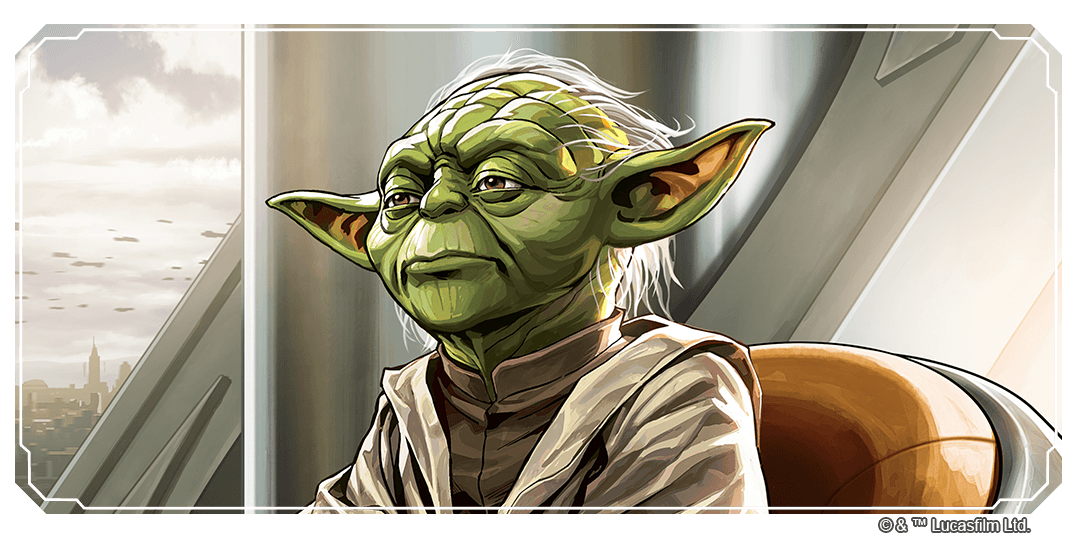
The feedback that we got from Nate French can ultimately be summed up with the phrase: “don’t put barriers between fun and your players.” In this particular case, he identified two elements of the leader designs that were getting in the way of “the fun:” the effects nestled into the Epic Action abilities, and the cost to deploy leaders. The former was more straightforward; when each leader has effectively three abilities (the activated ability on the front, the ability that resolves when deployed, and whatever abilities they had as a unit), it was much harder for players to comprehend what their leader did, and it was much harder for us to maintain a singular design identity for each leader. Nate provided the first “Gordion knot” solution: if the fun part of having a unit is attacking with it, and a player’s leader was the centerpiece of their deck, then we didn’t need fancy extra abilities with each deploy—just let the unit enter play ready and be able to attack immediately. We had started with leaders entering play ready as a way to reward players, but we took it away because we were afraid of how powerful leaders could be, and we had made leaders less fun as a result.
His other piece of feedback was similarly direct. When we assigned a resource cost to our leaders, we were implicitly giving players a reason not to play their favorite card. We could hardly say that every player’s deck revolves around their leader when games could go by without a player having enough resources to deploy their leader! And if players weren’t able to (or chose not to) pay to deploy their leader, then we were setting players up for disappointment when they’d be unable to play the one character they’d built their entire deck around. Nate’s suggestion was that leaders cost no resources to deploy, but that they be gated by time instead (so that they wouldn’t just start the game in play). We could make leaders that entered play earlier and leaders that entered play later in the game, with the earlier leaders being smaller to account for their expediency. And with every player being guaranteed one resource every round, the game even had a natural timer built in that we could use to track leader availability.
Going into our playtest with Nate, leaders cost resources, had three distinct abilities, and entered play exhausted like any other unit. There was a lot of text on them and there were a variety of ways a player could be prevented from getting to play their favorite character. Coming out of that playtest, we immediately made all the leaders enter play ready, stripped away all of their deploy abilities, and gated them behind a resource quantity rather than a resource cost. Overnight, players went from struggling to play with their leaders to being able to play them in almost every game. Would there be developmental balance concerns? Absolutely. But we could develop individual cards’ power level around the relative strength of ramp, and we would figure out the right balance of stats-to-speed as we got more familiar with the gameplay loop. The important thing was that playing games with these leader mechanics was fun.
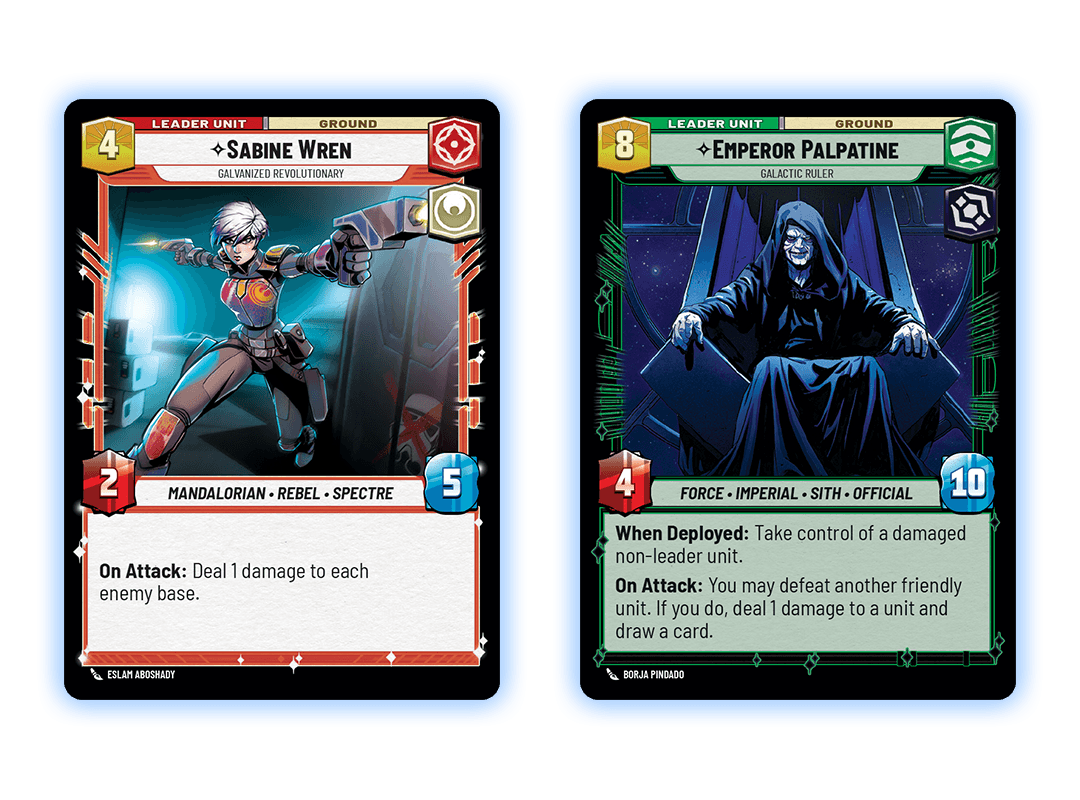
The Best Card in Your Deck
Once we landed on leaders as they are in the published game, with strategy-defining abilities on the front and a single tactically-powerful free unit on the back, we felt we had finally achieved the goal we had put into the vision. It took many iterations and multiple mechanical overhauls to get there, but one of the joys of game design is the exploration of trying things and seeing where those trials take you. When we started designing the game, we said that we wanted players to be excited to build a deck around their favorite character. At the end of the day, that meant making players feel empowered when they used their leader, so that the joy of making a big power move in the game coincided with playing their favorite character. Two randomized decks can make games extremely unpredictable, but if there’s one thing that is always certain in a game of Star Wars: Unlimited, it’s that the character you built your deck around will always matter.
May you feel inspired to try something new.
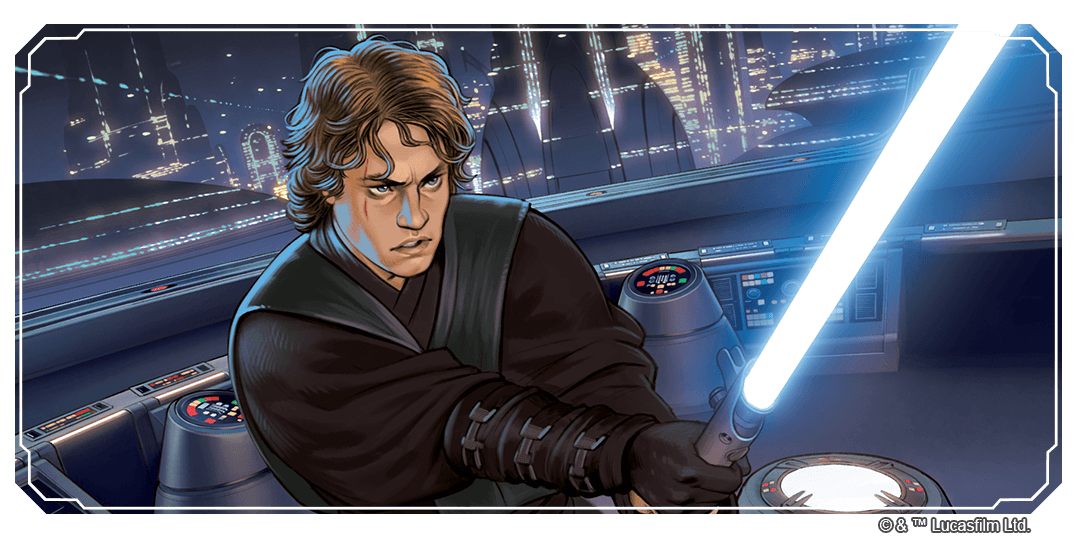
Share This Post

